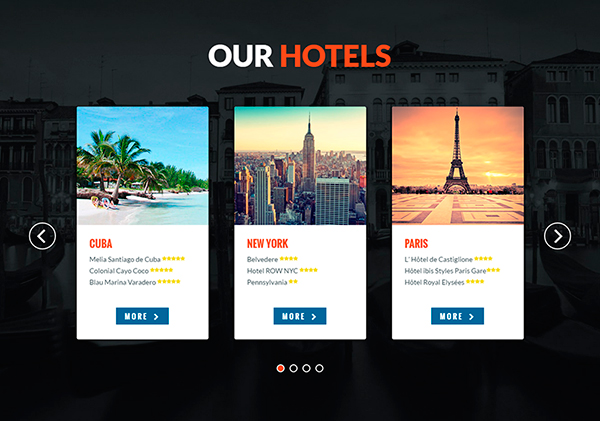A design concept is important for providing a successful user experience and making your online presence efficient. Your design determines the simplicity of navigation, accessibility of your content and user satisfaction.
Let’s unveil several key elements that create a good design concept.
1. An Extensive Pattern Library

A good collection of interface elements that are used as bricks for constructing pages, ensure the consistency of UI. Pattern libraries are essential part of design concept, so it’s important to establish it in advance.
So think about organizing the elements like slideshows, navigation, listings, social media features, related links, carousels, etc. Make sure they are responsive and easy to perceive. After that, define the components of every pattern including title, description, thumbnail, etc. Think about the functioning of your every pattern and make sure all of them are accessible.
2. Keep Up With Your Design Principles

Just support your design concept with a few design principles you follow. These principles help designers find ways to improve usability, make the design easier to perceive, increase visual appeal, and make correct design solutions while working on every project.
They teach, resolve disagreements, enable faster decisions, and even change the corporate culture when you work with a team.
3. Run a Service Manual

A detailed service manual includes standard operating approach that ensures quality and allows to get the most out of your website. A service manual is a set of standards which define how to deliver modern digital services.
A service manual helps to inform and educate. It helps reduce the number of inappropriate ideas and gives the team something to refer to. A service manual also encourages an open and collaborative working relationship.
4. Make a Content Guide

Consistency is a key when it comes to content. Brands are finally considering content to be a team-wide effort. A content style guide is necessary for creating the correct brand messaging and consistency.
It helps to guide your team on how to write content for your target audience. It also helps to maintain a recognized quality and brand identity. Of course creating a content guide will result in a more effective content than ever before.
